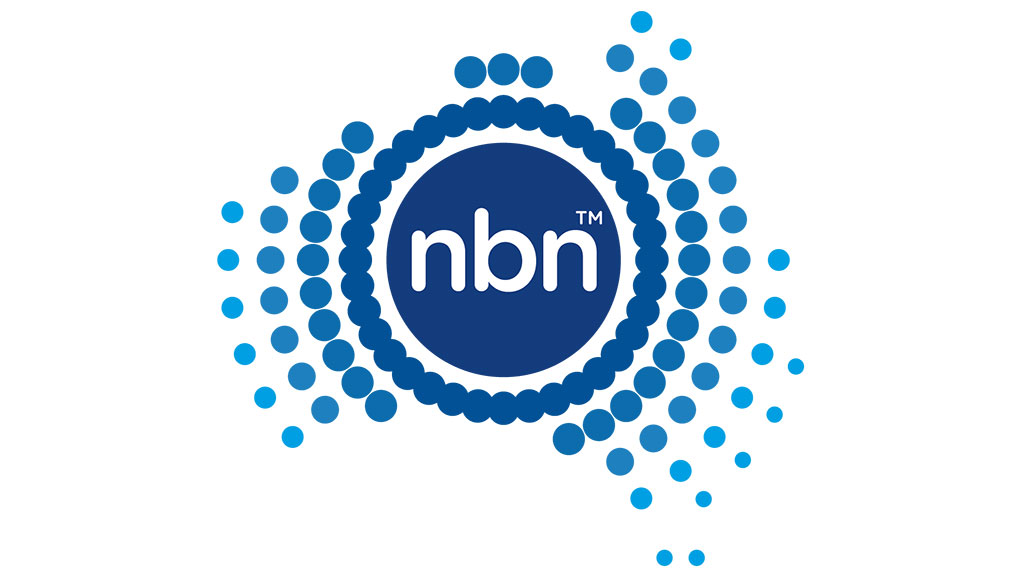Solving business network challenges with SD-WAN

For large organisations, network complexity can mean IT ends up spending too much time on manual configuration or management, and not enough time taking advantage of the network as an enabler.
A software-defined wide area network (SD-WAN) helps tackle complexity, revolutionising how distributed networks are provisioned and managed. The business benefits can be immediate.
Network challenges
Organisations now need to be extremely agile to develop the products and services that meet rapidly evolving customer expectations, while at the same time being secure, scalable and meet regulatory requirements.
To help meet these challenges, enterprises can build ‘best of breed’ systems that combine different applications and services, accessing a mixture of public and private clouds, as well as traditional data centres, connected by different public and private networks.
In this type of environment, network solutions that are inflexible can hold a business back.
Running networks over large geographical areas can also be a challenge, with businesses sometimes resorting to “best effort” technologies to connect branch offices, using point-to-point connections to address “last mile” network access challenges outside major population centres.
As a result businesses can end up with connections that lack flexibility.
Other challenges such connections present include an inability to define – and guarantee – standard configurations across the network, which can be important for security enforcement or prioritising network traffic based on data types.
All of this can mean inconsistent application performance at different sites. Business processes, and the security protecting them, have to be adjusted to allow for the differences, which in turn can affect customer experience and business process performance.
How SD-WAN changes the game
SD-WAN offers many operational benefits, including centralised management, end-to-end security, and more real-time traffic visibility. It’s also a digital transformation enabler, being more responsive, flexible and cost-effective than traditional network management¹. Being software controlled means it can also open the door to automated management.
Software-defined networks also centrally control traffic and can use multiple connection types, including public internet and private services.
Additionally, SD-WAN can be overlaid on existing networks, meaning a migration to more modern infrastructure can be done gradually and with less risk of disruption.
Reconfiguration is simpler, making it easier to optimise the set-up as requirements change. Adding new sites (including branch offices) and end points to share the existing infrastructure and have consistent configuration is also less complicated. Firewalls, for example, no longer need to be individually configured at each site.

Update and optimise in real time
SD-WAN also provides a lot more flexibility in the way organisations manage business application performance across the network – a real boost in today’s hybrid work world which increasingly relies on access to cloud-based applications.
With traditional WAN, certain types of data are tagged to activities and applications and then prioritised as required. But when changes are needed, the prioritisation rules need to be updated on network devices at every location across the business, making changes time-consuming and difficult.
SD-WAN makes configuration simpler and faster by using centralised data management. Data can be prioritised and then automatically routed using the most effective connection for the application. SD-WAN can also monitor the network for congestion and other issues, steering data away from problems that may slow it down.
It helps get you the right data in the right place at the right time.
A platform for innovation
SD-WAN has many inherent advantages, but its performance can be better supported² if it is combined with business-grade network infrastructure and services.
Plans from service providers powered by business nbn® include network features and speeds that can help enable flexibility and agility. These plans can offer a range of business-grade options, including prioritised data over the nbn network, symmetrical upload and download speeds, and enhanced service level agreements between nbn and service providers.*
As part of its mission to build Australia's digital backbone, business nbn's fibre initiative³ also means that more organisations, in more locations around Australia, have the option to get a business-grade Enterprise Ethernet+ service from a service provider that supports and enables their SD-WAN solutions.*
Running SD-WAN over enterprise-grade network infrastructure or services, decision makers can worry less about the “pipes” and instead focus on the business outcomes.
SD-WAN deployments can allow organisations to make better use of existing IT assets by simplifying management and simplifying the migration path for future upgrades. It can also dramatically improve application performance by recognising the importance of data and optimising its passage through the network.
By helping get more out of tech infrastructure, SD-WAN can help businesses focus less on network performance and more on business performance.
Sources
- https://www.paconsulting.com/insights/why-sd-wan-is-key-to-digital-transformation-and-agility/
- https://www.riverbed.com/blogs/how-sd-wan-improves-cloud-application-performance.html
- https://www.nbnco.com.au/corporate-information/about-nbn-co/corporate-plan/business-fibre-initiative
Disclaimers
* Your experience, including the speeds actually achieved over the nbn network, depends on the nbn access network technology and configuration over which services are delivered to your premises, whether you are using the internet during the busy period, and some factors outside nbn’s control (like your equipment quality, software, broadband plan, signal reception and how your service provider designs its network). For business nbn Enterprise Ethernet, if your provider has not selected Class of Service – High, the speeds you experience may be affected by contention on the nbn network, particularly in busy periods.
+ Business nbn Enterprise Ethernet is only available in the business nbn fibre zones, nbn Fixed Line network footprint and at limited premises served by the nbn Fixed Wireless and Satellite networks.
Sign up for breaking news, reviews, opinion, top tech deals, and more.

The nbn® network was established in 2009 by the Commonwealth of Australia as a Government Business Enterprise (GBE) with a clear direction – to design, build and operate a wholesale broadband access network for Australia. The network criss-crosses the country, and allows internet retailers to provide reasonably priced broadband services to consumers and businesses. The network is the digital backbone of Australia and is constantly evolving to keep communities and businesses connected and our nation productive.